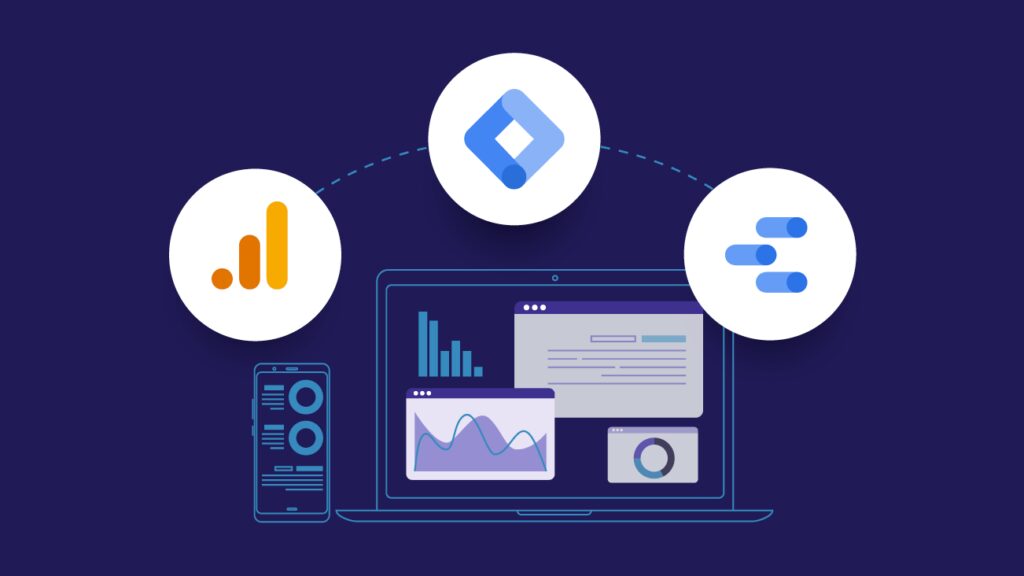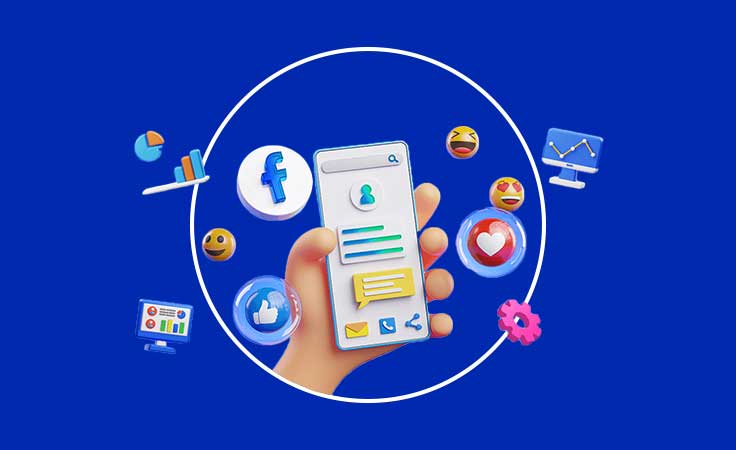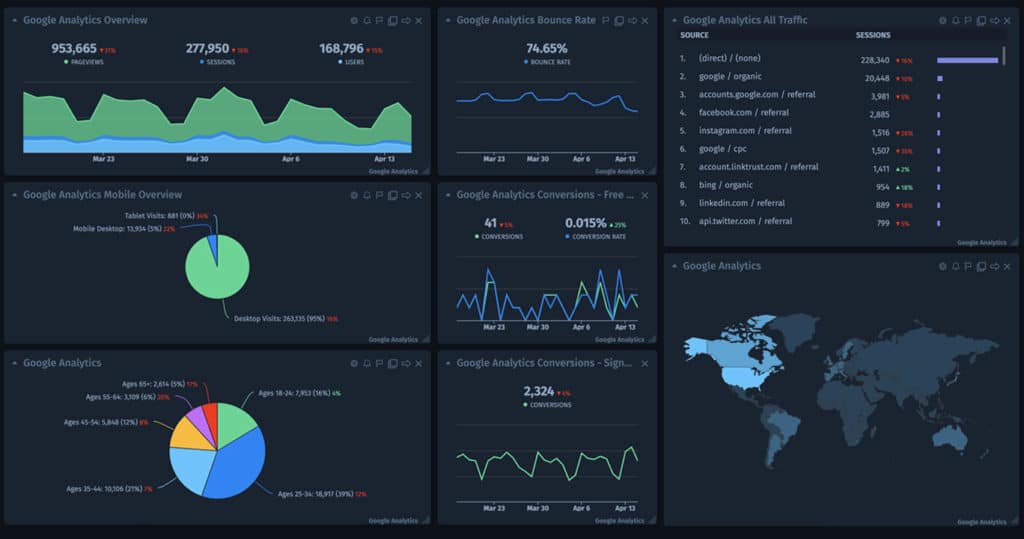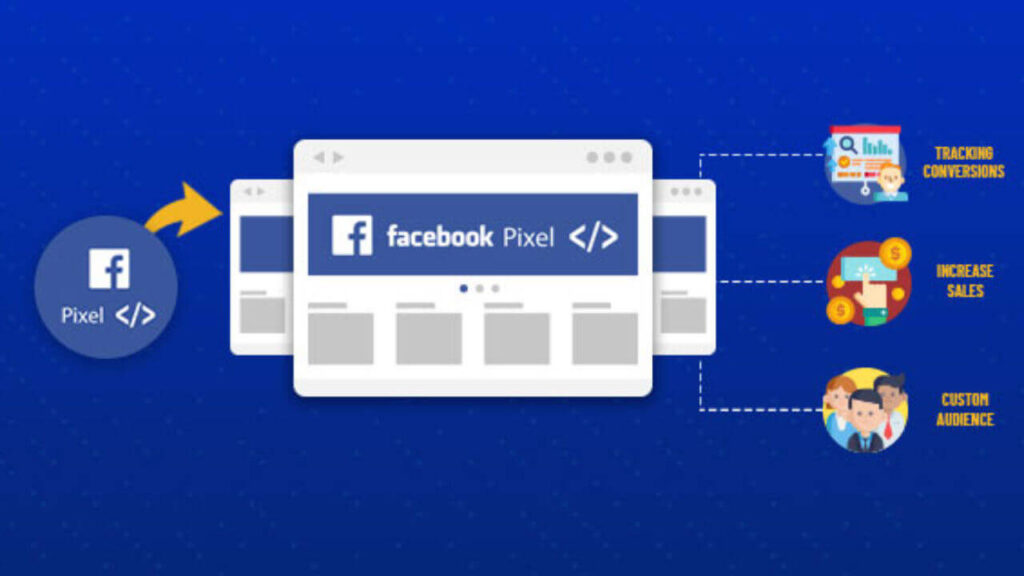In the digital age, social media analytics have become an indispensable tool for businesses, marketers and researchers. They provide valuable insights into user behavior, trends, and engagement metrics that can significantly enhance decision-making processes. One of the most powerful tools to tap into this treasure trove of data is the Facebook API. The Facebook API allows users to access and manipulate Facebook data, providing unprecedented opportunities to understand and engage with audiences on a deeper level.
This article explores the process of unlocking social media analytics using Facebook API, fetching user insights and analytics data, analyzing engagement metrics, customizing your analytics dashboard with API calls, and implementing real-time analytics and event tracking. Each of these sections delves into the intricacies of Facebook API, providing a comprehensive guide for anyone interested in leveraging the power of social media analytics.
Fetching User Insights and Analytics Data

The Facebook API provides a convenient interface for fetching user insights and analytics data. This information can be leveraged to understand user behavior, preferences, and trends, which can inform strategy and decision-making processes. Moreover, the data fetched through the API can be used to drive targeted advertising campaigns, improve user experience, and boost engagement.
To fetch user insights and analytics data, one must make API calls to the appropriate endpoints. The Facebook API documentation provides a comprehensive guide on the various endpoints available and the type of data each endpoint returns. For instance, the ‘/insights’ endpoint can be used to fetch data about page views, post engagements, page likes, and other valuable metrics.
The process of fetching data starts with the creation of an app on the Facebook developer platform. Once the app is created, one can generate an access token, which is used to authenticate API calls. The access token is then passed as a parameter in the API call to fetch the required data.
Analyzing Engagement Metrics with Facebook API

Facebook API provides a plethora of engagement metrics that can be analyzed to gain valuable insights. These metrics include likes, shares, comments, post reach, and click-through rates, among others. Analyzing these metrics can provide a deeper understanding of how users are engaging with your content, what type of content resonates most with your audience, and how you can optimize your content strategy to drive engagement.
The ‘/insights’ endpoint is particularly useful for fetching engagement metrics. For instance, to fetch the number of likes for a particular post, one can make an API call to ‘/{post-id}/insights/post_likes’. The response will include the total number of likes for the post. Similarly, to fetch the number of shares, one can make an API call to ‘/{post-id}/insights/post_shares’.
Analyzing engagement metrics is not just about fetching raw data. It involves interpreting the data in meaningful ways. For instance, a high number of likes might indicate that your content is resonating well with your audience. However, a low number of shares might suggest that your content is not compelling enough to prompt users to share it with their network. Therefore, it’s crucial to not only fetch and analyze data but also to draw meaningful insights from it.
Customizing Your Analytics Dashboard Using API Calls

One of the most powerful features of the Facebook API is its ability to allow users to customize their analytics dashboard using API calls. This allows users to fetch and display only the metrics that are most relevant to their needs, thereby eliminating unnecessary clutter and focusing on what truly matters.
To customize your analytics dashboard, you will need to make API calls to fetch the necessary data. For instance, if you’re interested in tracking the number of likes and shares for your posts, you can make API calls to ‘/{post-id}/insights/post_likes’ and ‘/{post-id}/insights/post_shares’ respectively. You can then use the returned data to populate your dashboard.
Moreover, the Facebook API allows you to fetch data for specific time periods. For instance, you can fetch data for the last 7 days, the last 30 days, or even for a custom date range. This flexibility allows you to track trends over time and make data-driven decisions.
Real-Time Analytics and Event Tracking

In today’s fast-paced digital environment, real-time analytics and event tracking are critical for staying ahead of the curve. The Facebook API provides robust support for real-time analytics, allowing users to track events as they happen and react swiftly to changes in user behavior or engagement.
Real-time analytics can be particularly useful for tracking the performance of live events or campaigns. For instance, if you’re running a live video broadcast on your Facebook page, you can use the Facebook API to track the number of viewers in real time. This can provide valuable insights into the effectiveness of your broadcast and help you make necessary adjustments on the fly.
In conclusion, the Facebook API is a powerful tool for unlocking social media analytics. By fetching user insights and analytics data, analyzing engagement metrics, customizing your analytics dashboard with API calls, and implementing real-time analytics and event tracking, you can gain a deeper understanding of your audience and enhance your social media strategy. So why wait? Start leveraging the power of Facebook API today and unlock the full potential of social media analytics.





